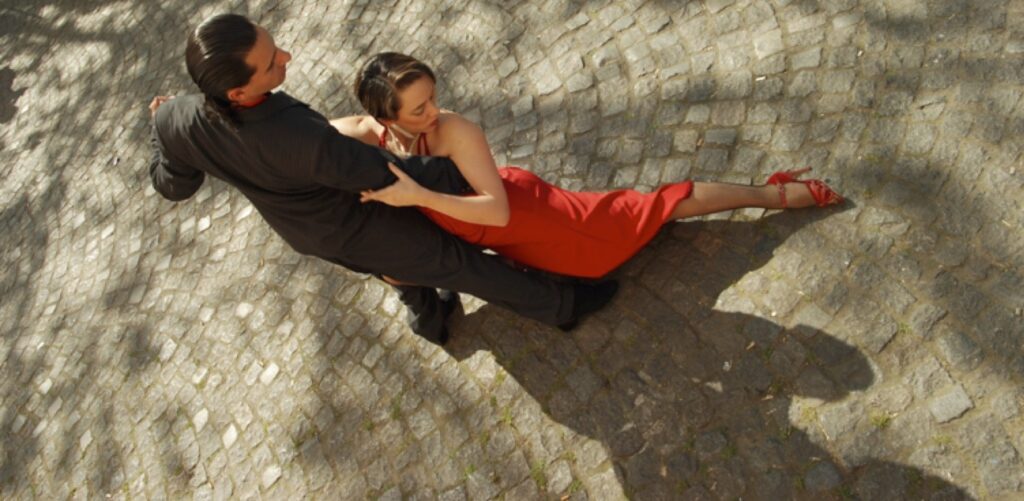
This is my super-pro magazine-style design. Drop cap on the first para, with a first para design and then we have crossheads (aka ‘subheads’), pull quotes (aka ‘call-outs’) and an end tag at the close of the article. These features are standards in modern magazine design but quite rare in websites.
The reason is that programmers don’t know magazine design. You guys, however, are on a winner because I’m a designer and a programmer. The drop cap, first para and the end tag are set so they are applied automatically.
This is a crosshead
There are elements I cannot programme to set automatically. Crossheads and pull quotes are decisions you as the article authors will make but all you need to do is apply ‘Heading H2’ to the block for a crosshead and ‘pullquote’ (in WordPress speak it’s all one word) for your pull quotes.
When you insert photos my programming takes care of the layout design for you. Any photo you use should be at least 700px wide but after that, WordPress takes care of everything. Simply choose whether you want your photo full-width or aligned left or right. If you select align left or right, the photo will be sized automatically to be not more than 50% of the viewer’s screen until the user is on the smaller screens whereupon the photo will appear full-width.
This is a pull quote which helps break-up text in long articles and tempts readers to read
For this design to work, there are a few rules that need to be observed. The first para will need to be a minimum of two sentences to make it big enough to wrap around the drop cap. Also, do not start the first para with speech marks, numbers or anything other than a letter.
- Bullet lists;
- Are fine, but
- Don’t overdo them.
Writing for your house style comes easily once you are used to it and, of course, I’m here to help you. You’ll see how these relatively simple design rules make for a professional look for your articles which sets your site apart from most others. Look, to finish, an end-of-article tag. This is a publishing device from about a million years ago that signals to the reader that the article is finished.
